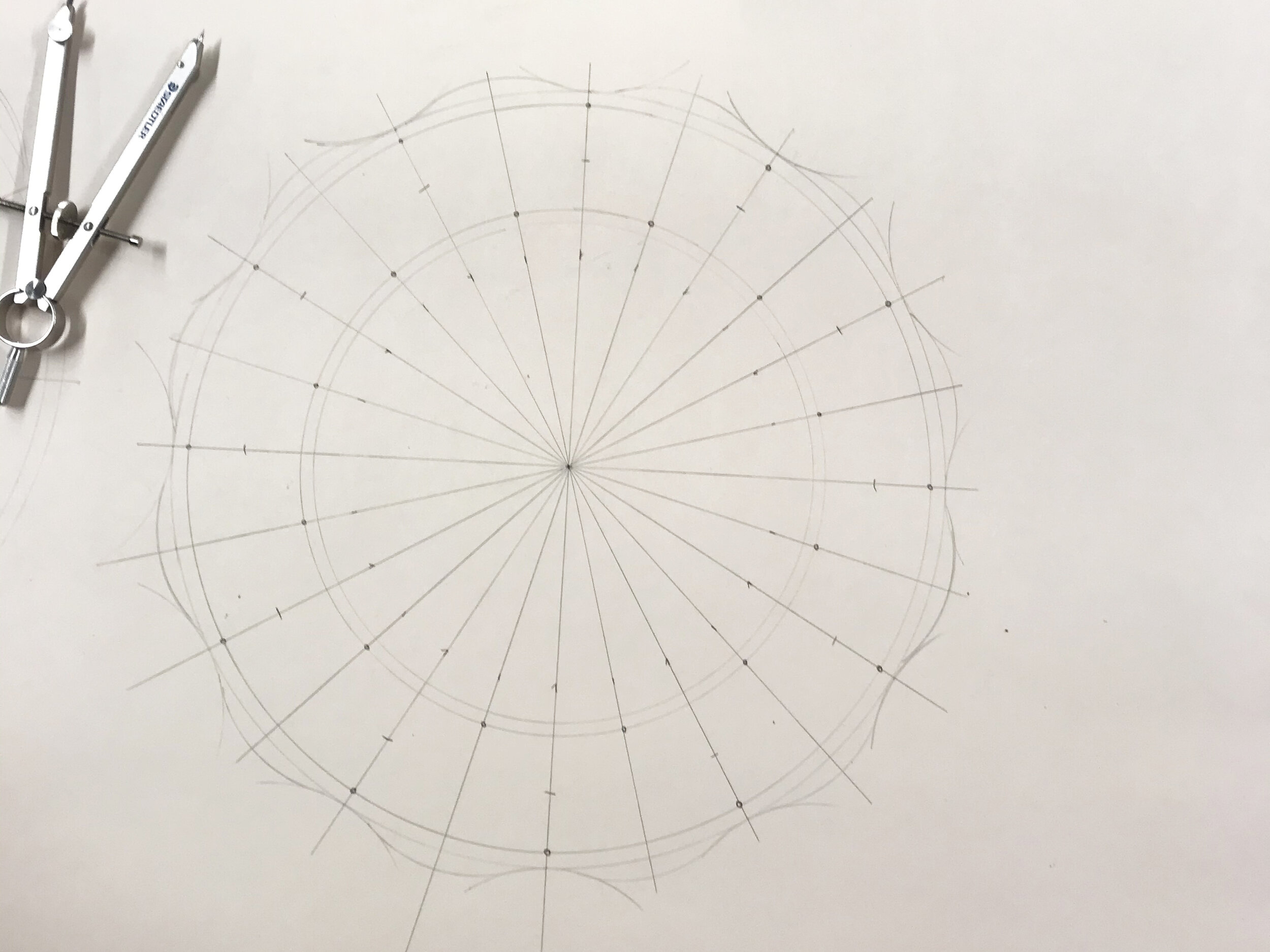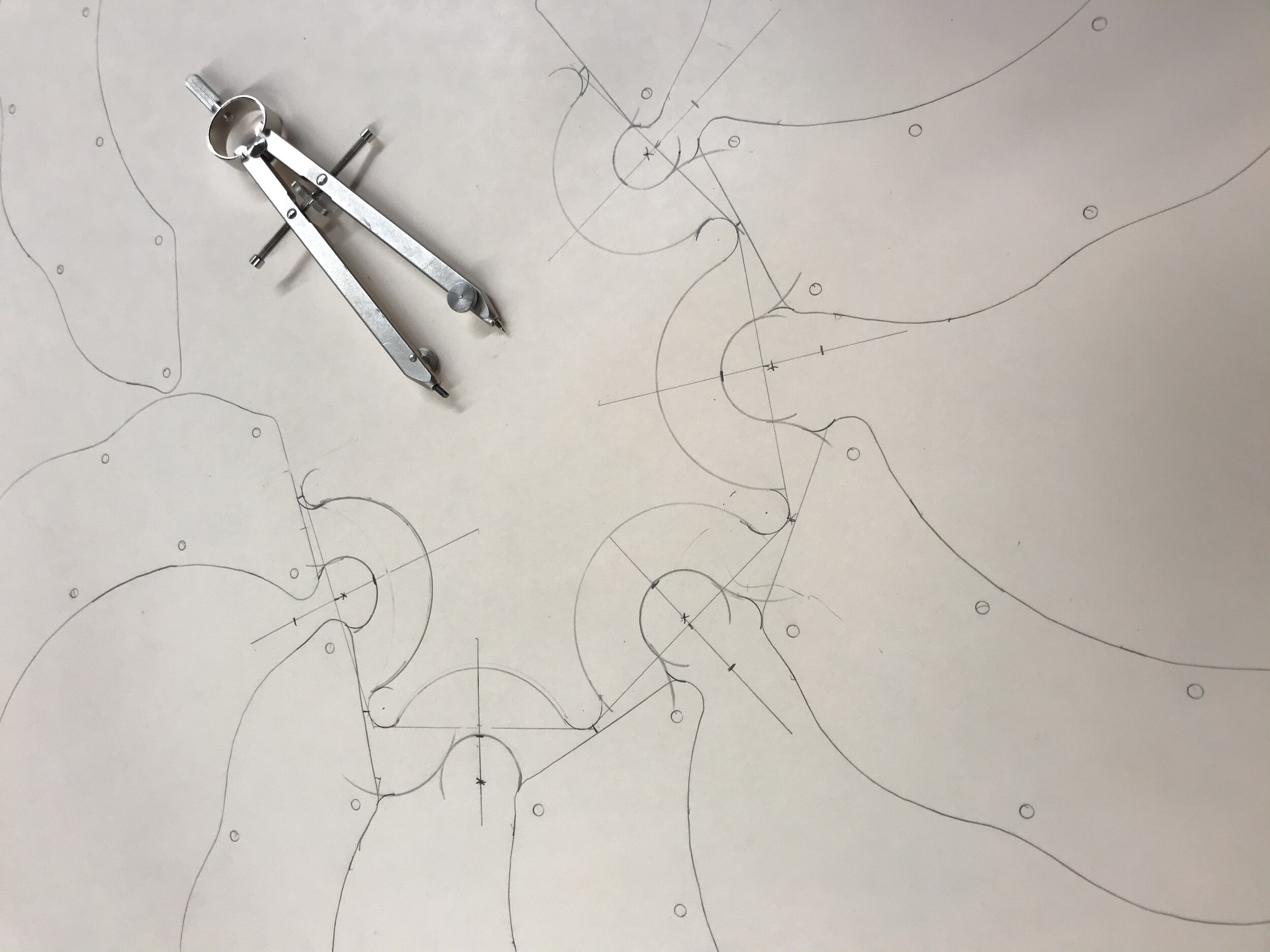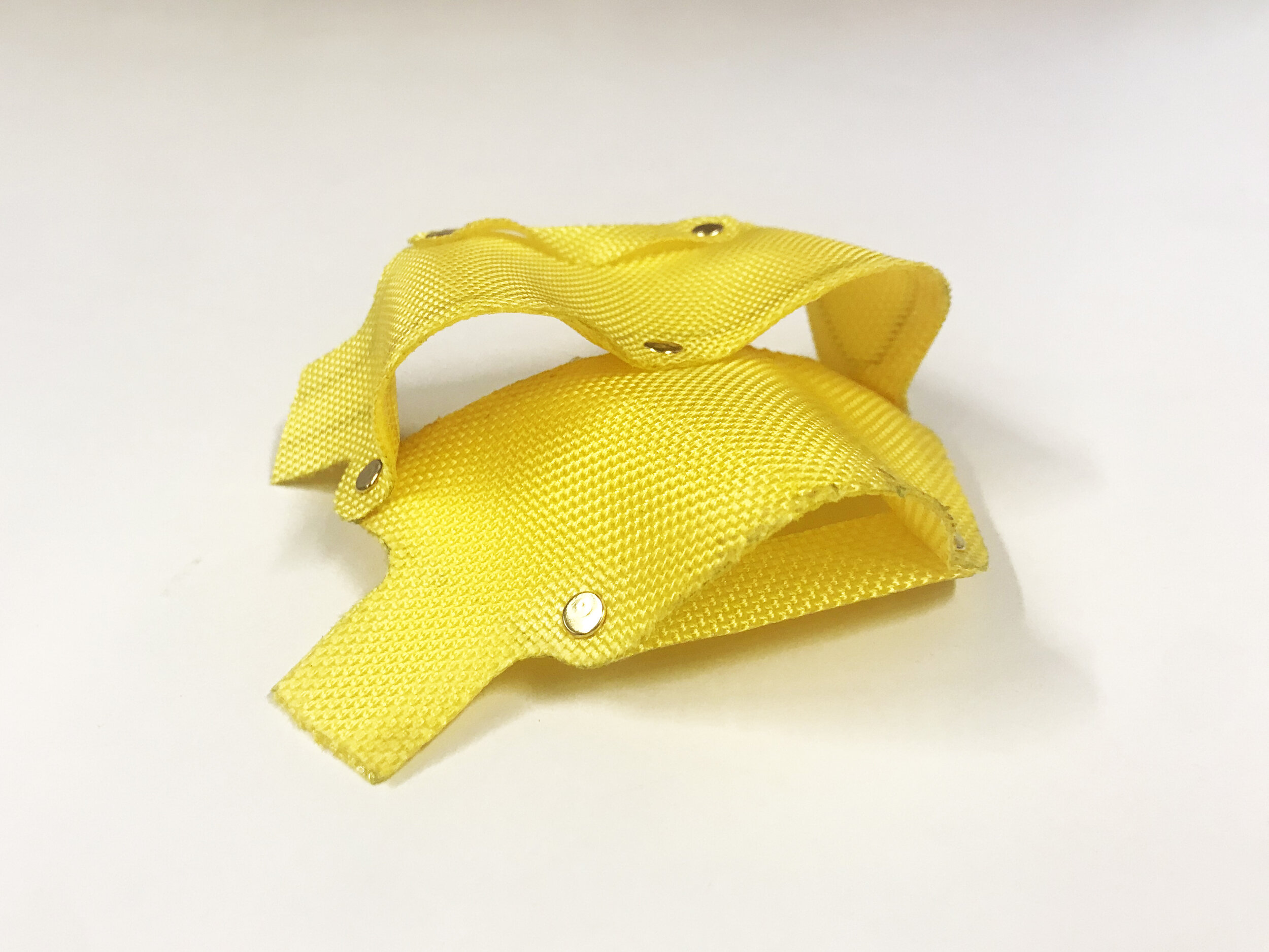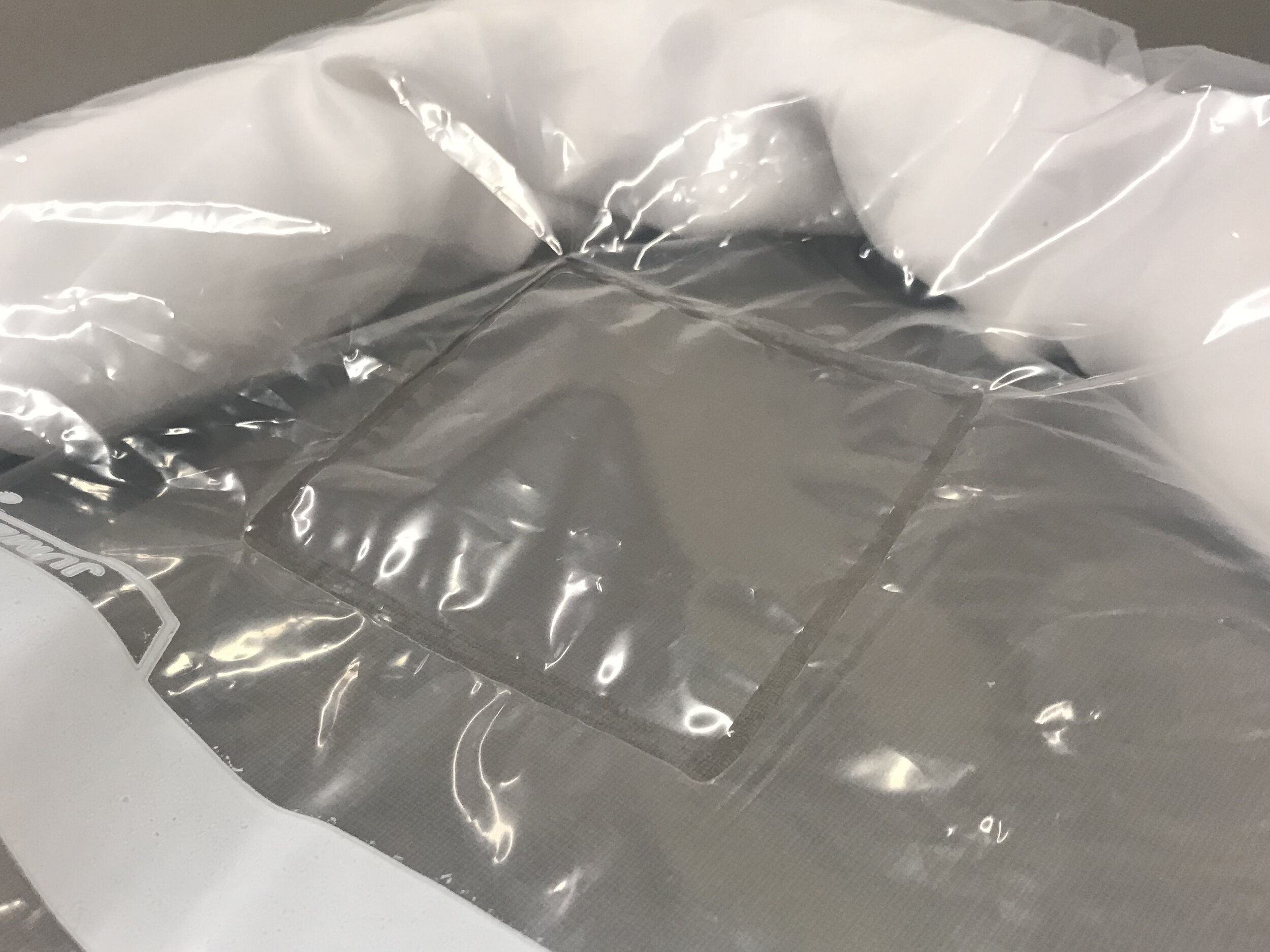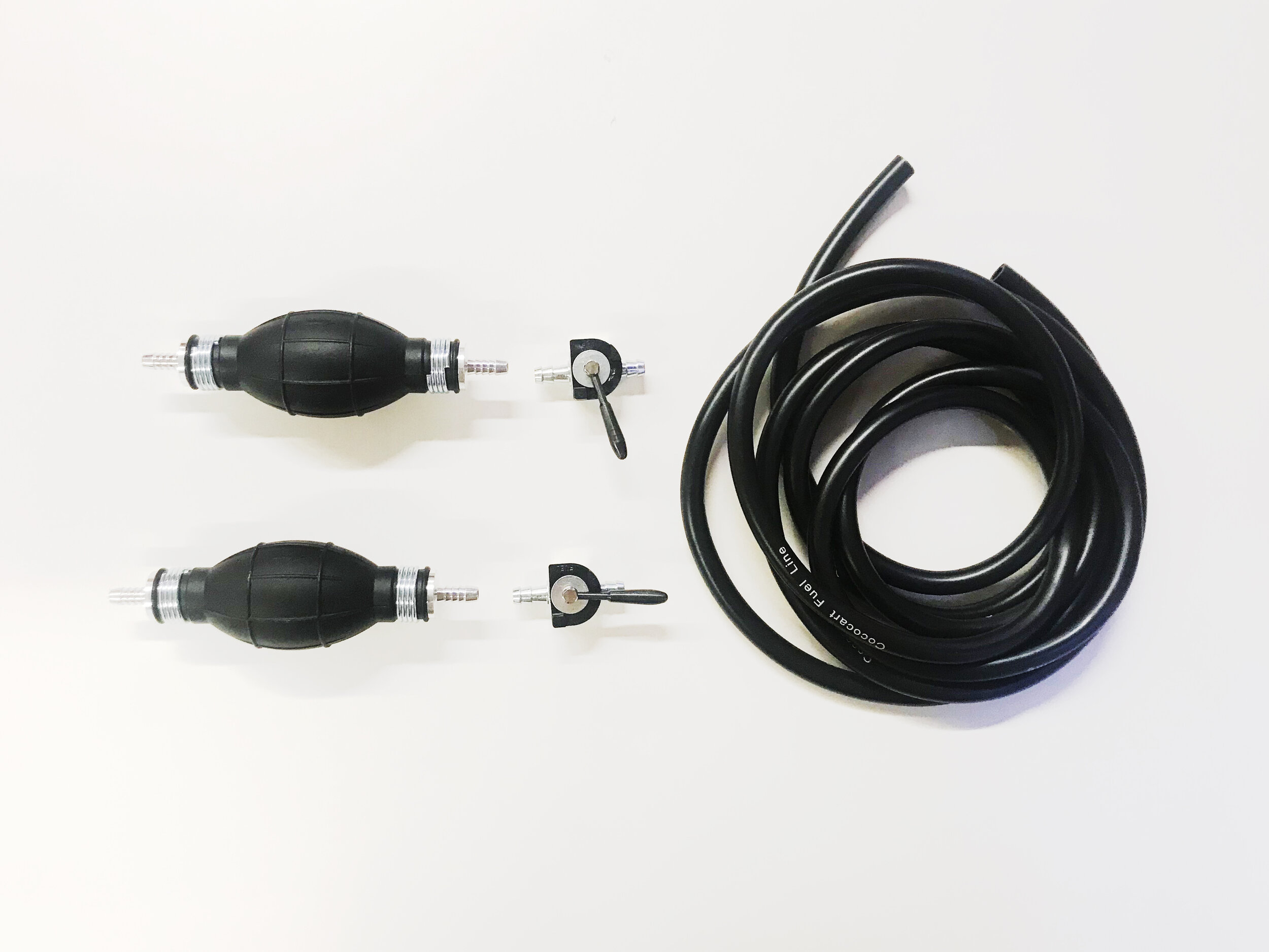Gradient Flak Jacket
Gradient Flak Jacket
Thirty years is a long time. Thirty years ago, the internet hadn’t rolled out yet. Things could look very different a generation from now. For this exercise, I decided to narrow in and focus on two points: gaming trends that are on the rise, and sports exemplifying those trends who’s scalability obstacles should disappear.
Finding a product space
Multiple factors seem to point to team shooters (like paintball matches) emerging as a major sport:
Popularity of esports’ unified competition trees: Amateurs and professionals play on the same field. Casual gamers feel connected to the top-tier of the sport and, for example, more fans tuned in to the League of Legends world final than the Super Bowl this past year.
Rise of new broadcast mediums: Drones and helmet cams will make broadcasting non-traditional athletic events possible. Team shooters are incredibly exciting, but events are currently hard to capture live. Esport team shooters have a huge following which could translate into physical sporting events.
AR’s ability to lower ecological impact and barrier to entry: A full paintball setup can cost a lot and being able to spend liberally on paintballs is a huge advantage. If players wore augmented reality glasses with virtualized guns and ammo, the playing field could be more financially level, paint currently left on the ground after matches would be eliminated, and new in-game power scaling (or buffing) could enable more exciting gameplay.
So, what would these future AR paintballers find useful in a piece of apparel? I talked open-endedly with two paintballers and an airsofter and jotted down some interesting points they that they brought up. I then wrote a survey based on some common insights and got 17 responses. The relevance (how strongly things were felt) and prevalence (how widely things were felt) are below.
The top value was that it needed to have a new, significant function, one that they could show off on the battlefield. The most requested bodily need was better thermal management. That was enough to define a decent product target: a new apparel piece had to have a new function, that new function had to look cool an be easy to read, and that new function had to help with thermal management.
The Brief: A kit-able layer for paintballers that handles a wide range of temps and has a new core look/tech
I sketched out a few ideas. Paintballers are kit builders. They put a lot of time into assembling their battle setup. A flak jacket (shrapnel protection device) could be a good place to explore. One idea (center) would be to have a single-piece inflatable drape over the head to provide a bulk of thermal management/protection to the front and back of the torso.
Side note. I try to not sketch too much if I want to develop a materially driven product. Just enough to get an idea nugget.
When I was doing interviews, something that would come up is that there’s a huge range of temperatures that the athletes would want to accommodate. Matches would often start early in the morning when it’s cold and go into hotter afternoons. The gameplay itself involves long periods of stationary waiting with short bursts of intense physical activity. I heard a lot about how it’s common to feel freezing and sweltering in the same game.
Most variable insulation garments currently go from warm to warmer. This garment would need to go from extreme ventilation to insulation.
Full Ventilation to Full Insulation
Here’s the nugget. If I had strips of fabric that were longer on the bottom than on the top, I could fix them in a pattern that created rippled openings on one side. If those strips were actually two non-permeable layers, they could then inflate, blocking off the rippled openings.
Below is an integral where I can change the amplitude (a) to get the difference in length between the top and bottom of each strip.
Next is a pair of correlated equations where I can change the width of each strip (w) to determine the arc of each side of a flat pattern profile when developing prototypes.
I drew the first patterns out by hand. Aside from a manual compass’s therapeutic nature, I find that analog patterning lets me recognize proportion and scale in the moment and massage the shapes in real time. It’s easy to drop them in Illustrator afterwards. It’s one of those workflows for me where slow is faster.
After coming up with a main circular pattern, I pulled different length strips from it and then laid them out so they could all be connected on one plane of fabric without overlapping. This was so they could be inflated as one piece. I riveted the whole thing together, leaving a little play in the rivets to improve overall mobility. I tried a few different iterations, and different scales seemed to work better on different areas of the body when applied to a mannequin.
Incorporating a hip zone was a discovery during the draping process that gave it a bit of a samurai armor look. It also gave a great place for the garment to buckle/secure itself. The vest drapes over the head with pleasantly chunky cobra buckles on the hip sections that can be grabbed with respective hands and then plugged into the bottom of the chest section. The unusual application hopefully provides a satisfying go-to-war moment while suiting up.
I used some 1680D TPU-backed nylon weave to test the inflation out and it worked well. To inflate and deflate the whole thing, I incorporated a pair of hand pump bulbs, valves, and tubes from a small gas system. These connect to nipples I welded into each inflatable section. One bulb to inflate, one to deflate. The valves let the system hold pressure.
A couple side experiments: turns out layers of HDPE will weld together if you defocus the laser on a laser cutter. It created a lower-powered and wider-spread heat patch that works well if you can keep the films lying perfectly flat, which I couldn’t of course with the final 1680D fabric. I’m confident that I could figure out a fixturing system on a separate project. My final patterns were too big for the laser cutter I was using anyway. I ended up giving it the John Henry treatment and cut, punched, and welded everything by hand.
I also 3D printed out some little tripods to secure the bulbs, but it ended up working better without them.
Everything came together nicely. Outside of the air lines, the garment is assembles solely with small, double-cap rivets. Initial feedback was positive. To quote:
“Dude! Space ninja! When do I get one?”
“Does it come in camo?”
A friend that worked with climbing harnesses mentioned that they’d string stuff up during photoshoots and edit the lines out later. It worked like a charm.
So, does the inflation work? It seems to do a good job. The seal is pretty good with virtually no open space between strips. Most of the fabric needed to inflate is pulled from the protruding fins, so it doesn’t bunch and deform as much as I thought it might. Some strategic spot welding between fins could lessen the effect even more. The mobility from the play in the riveting lets it transform nicely.









